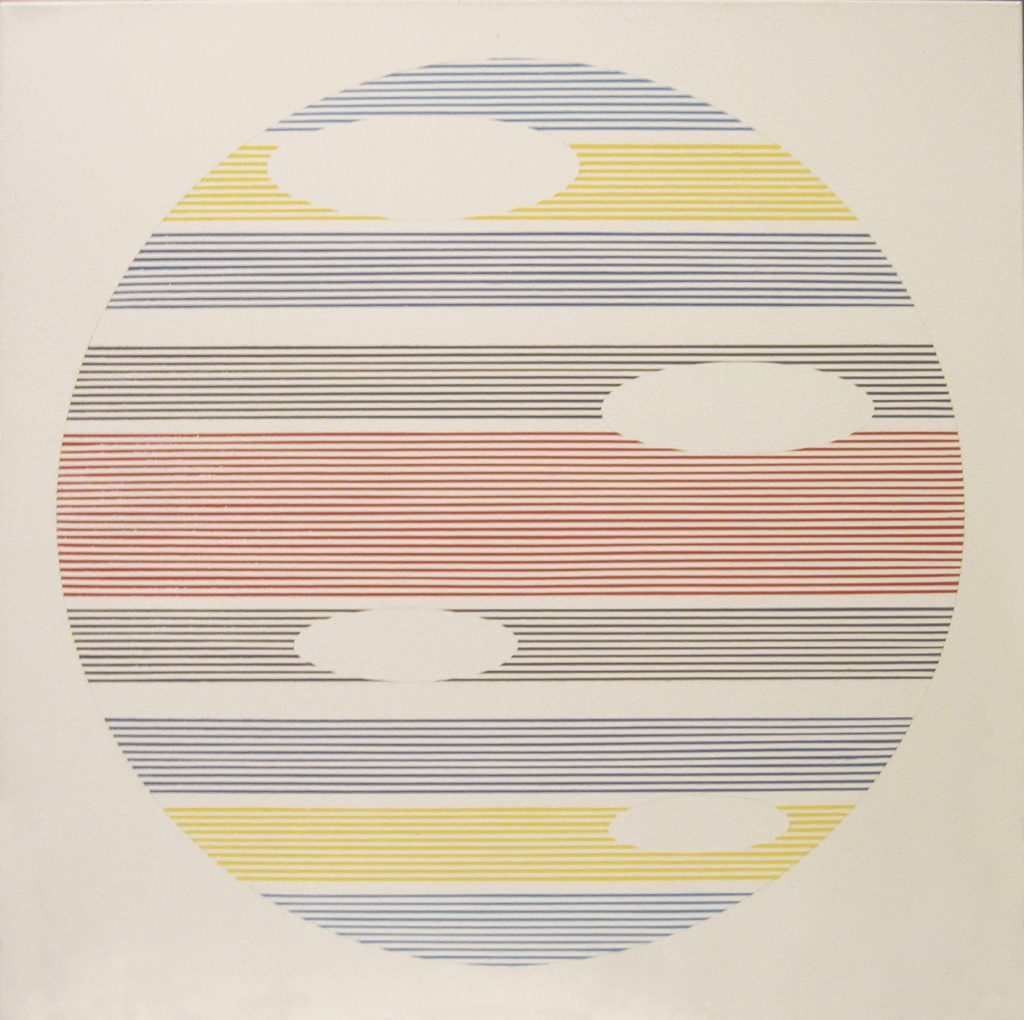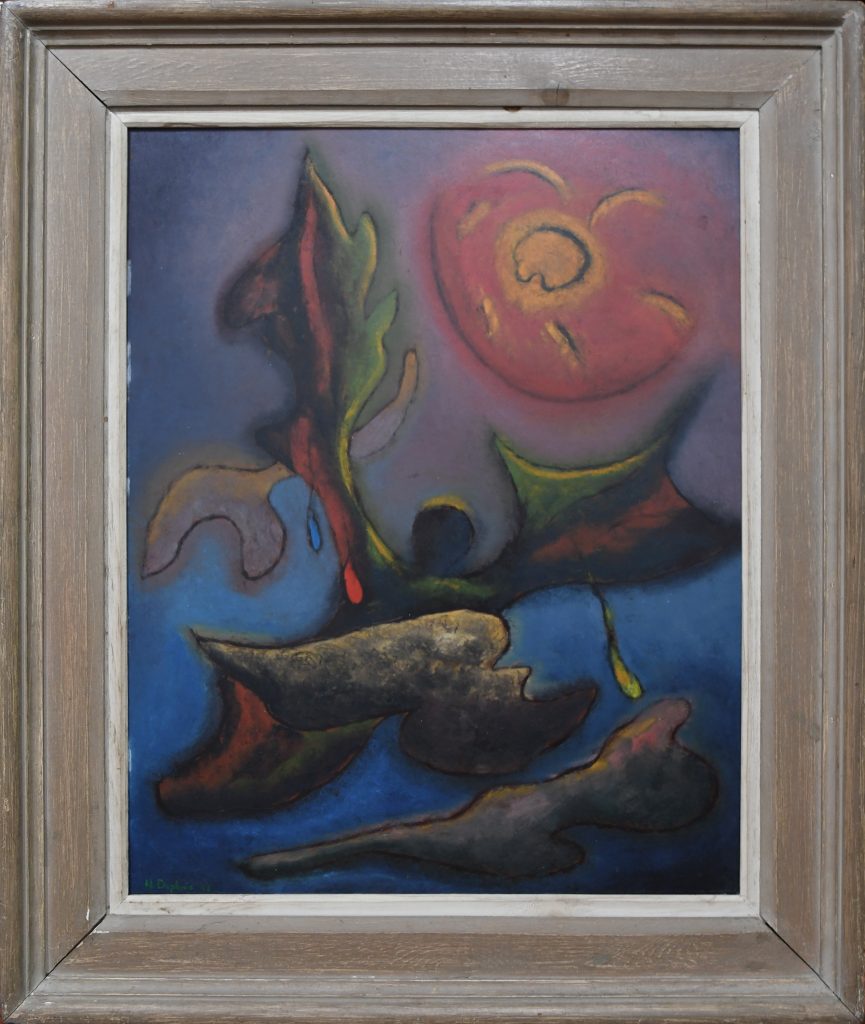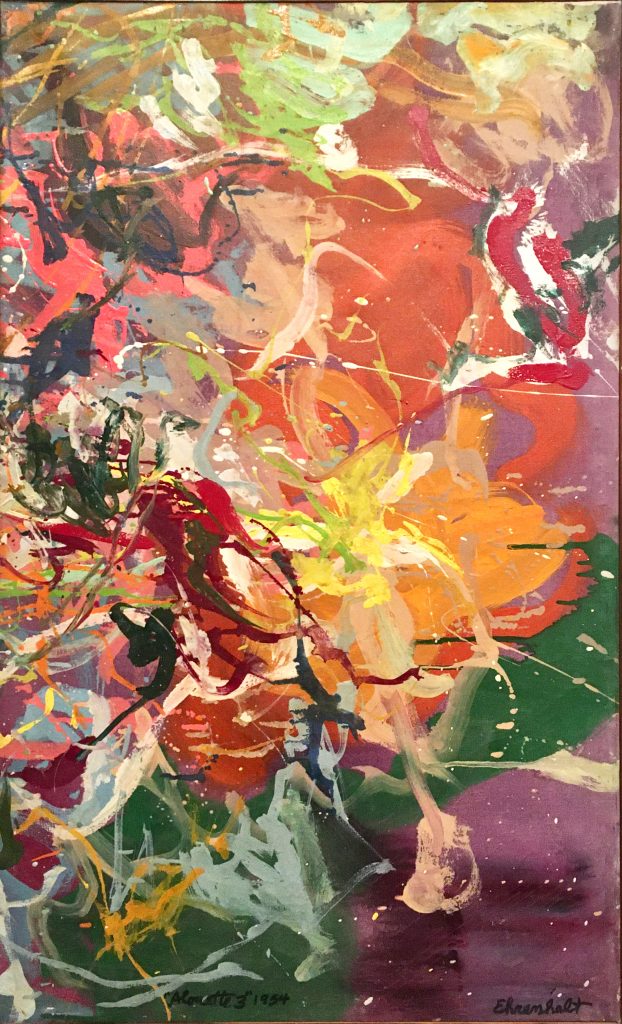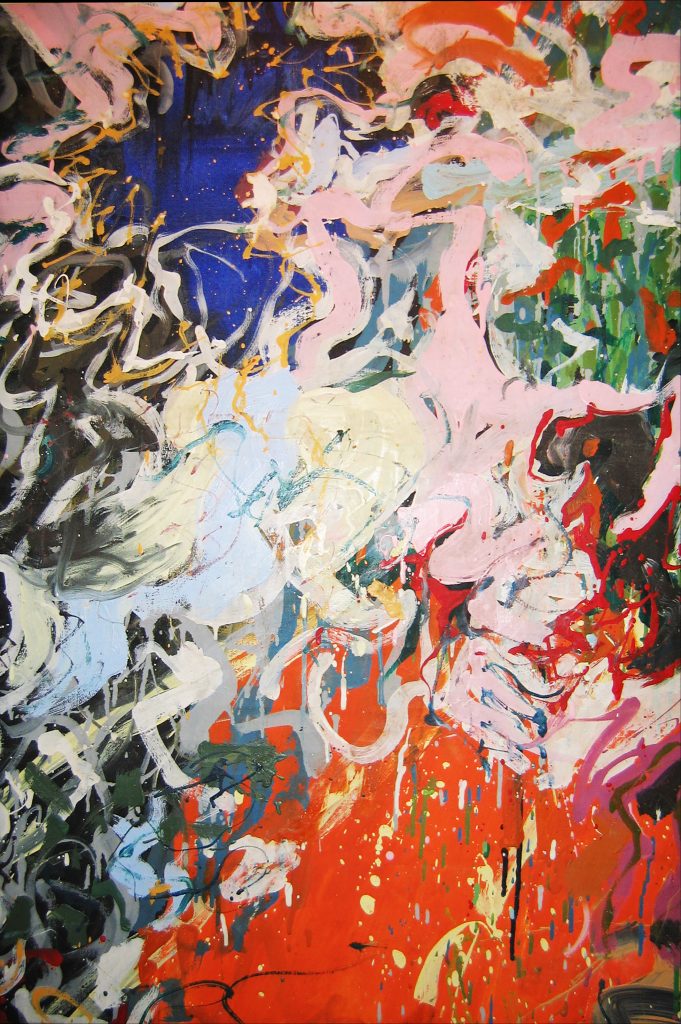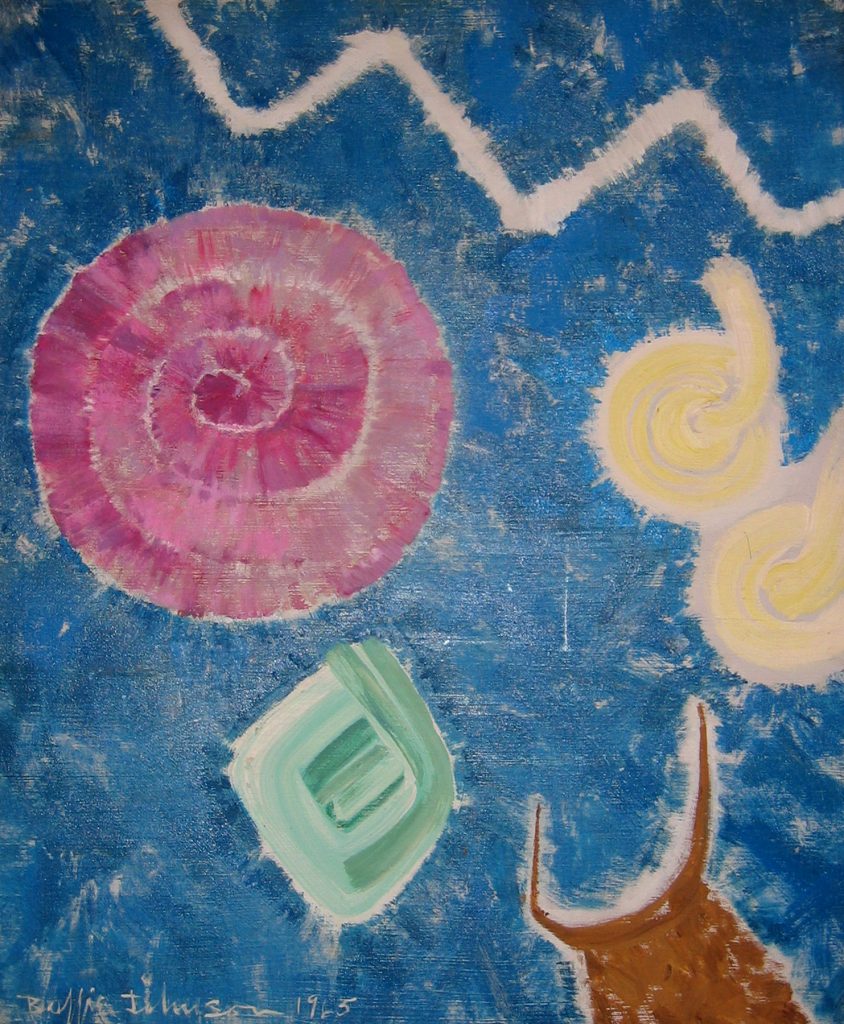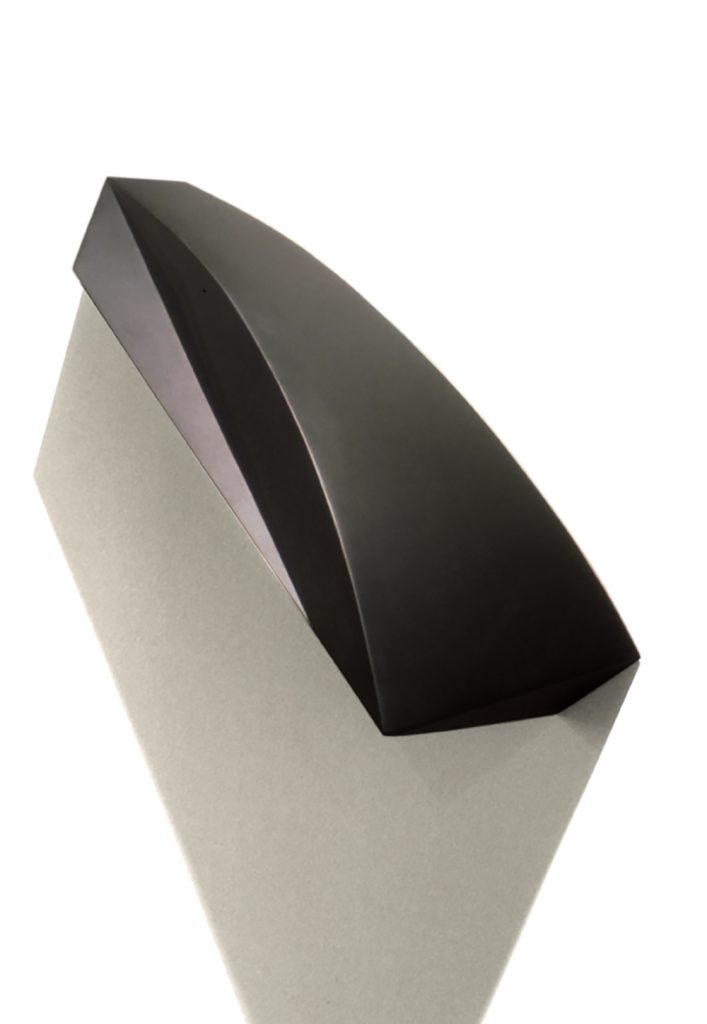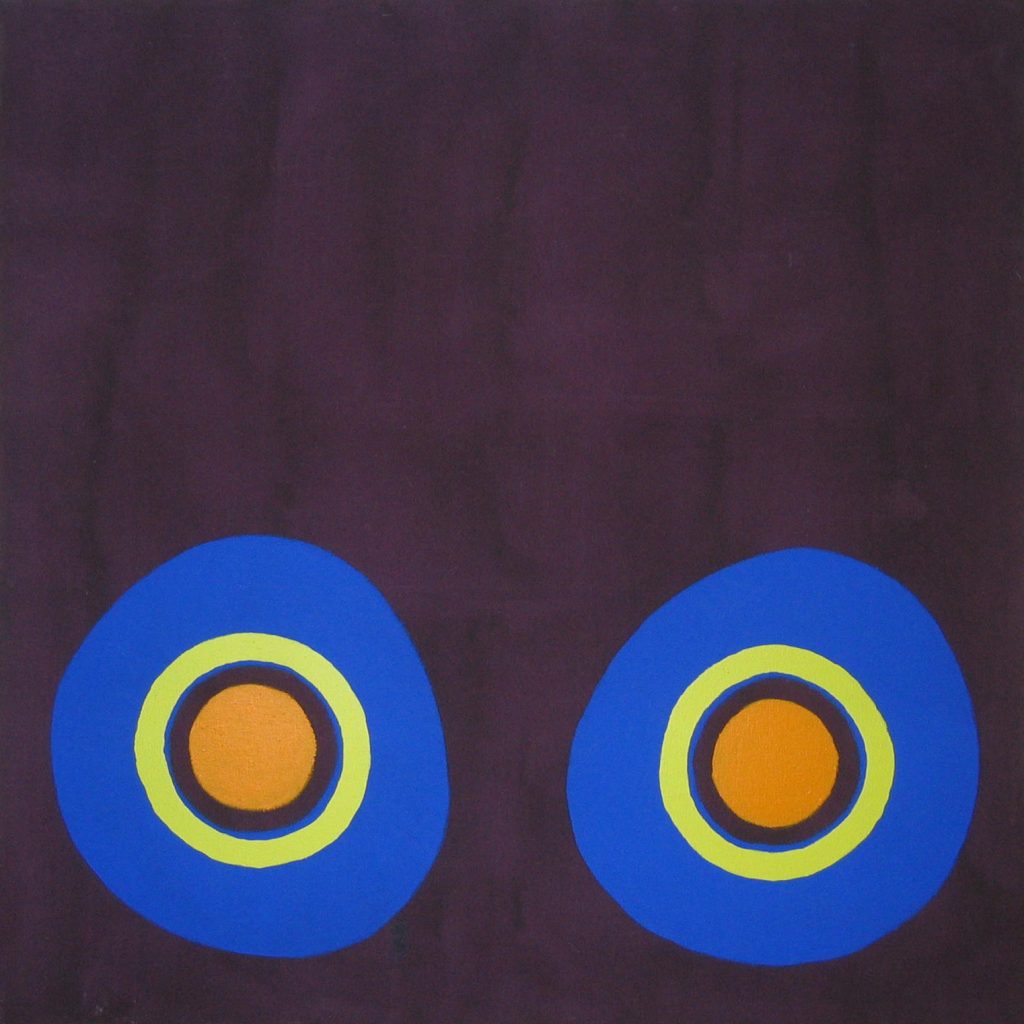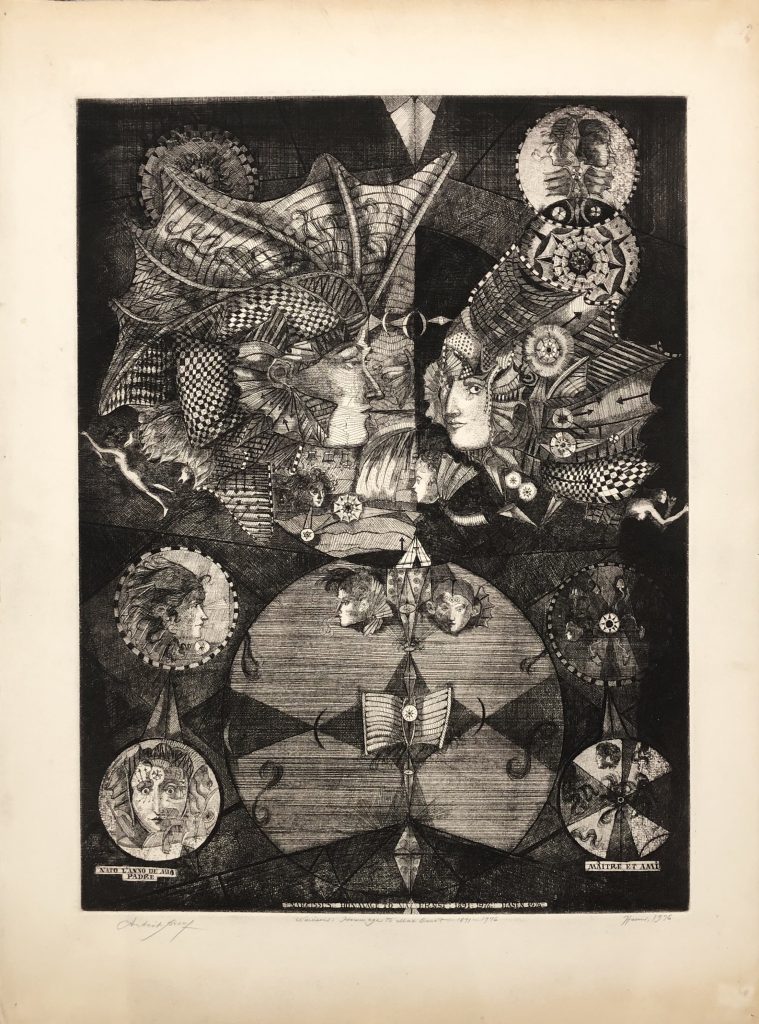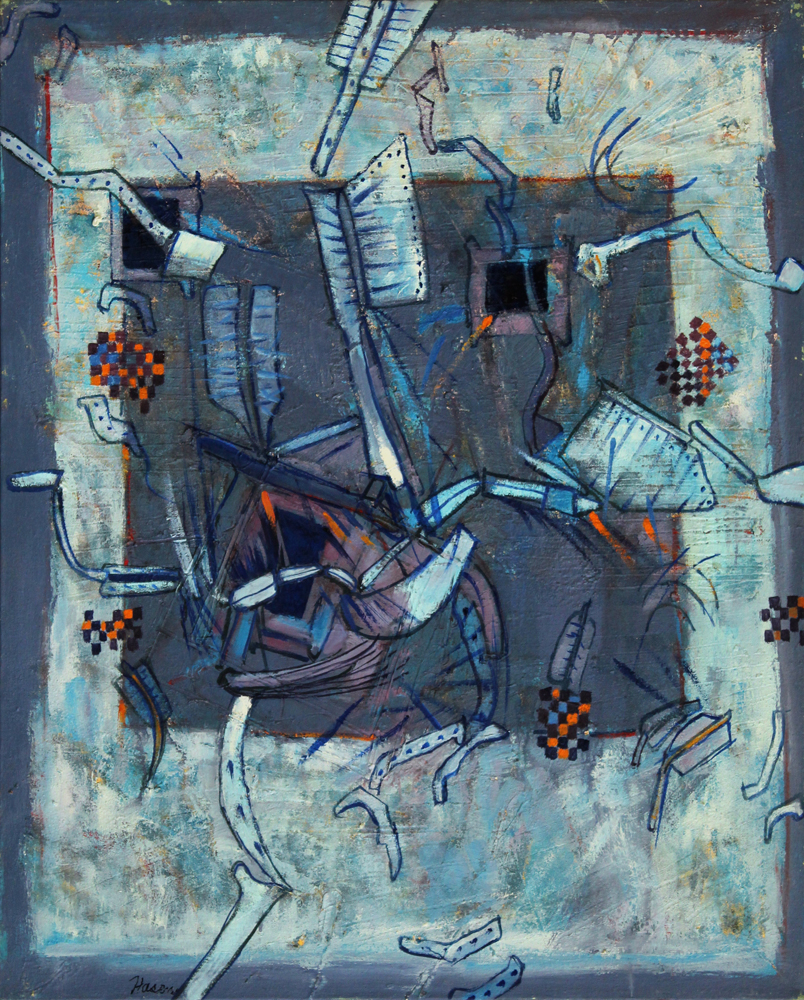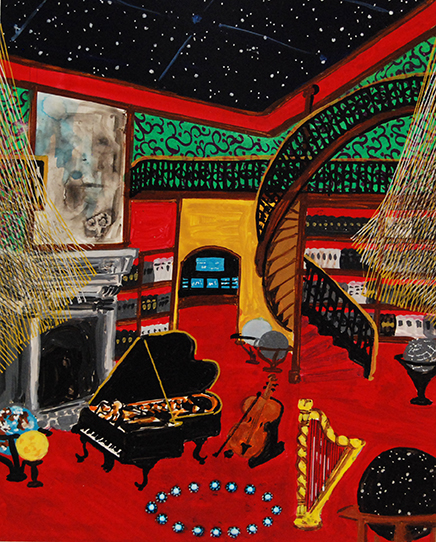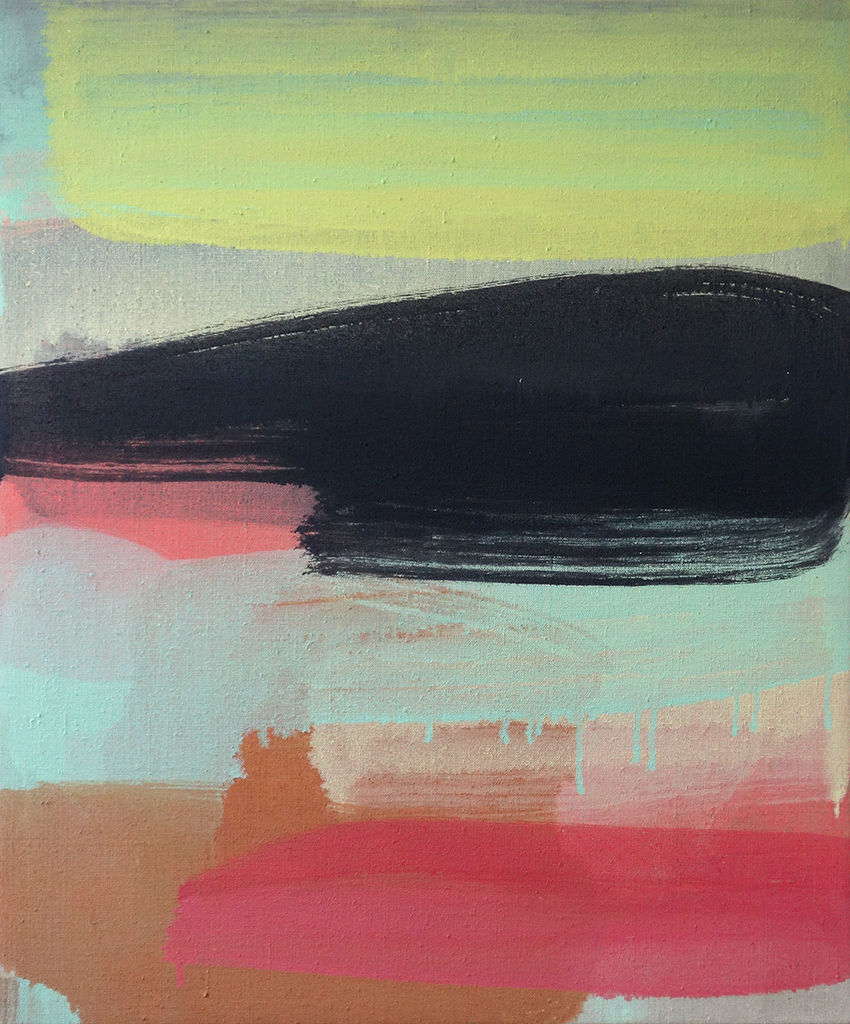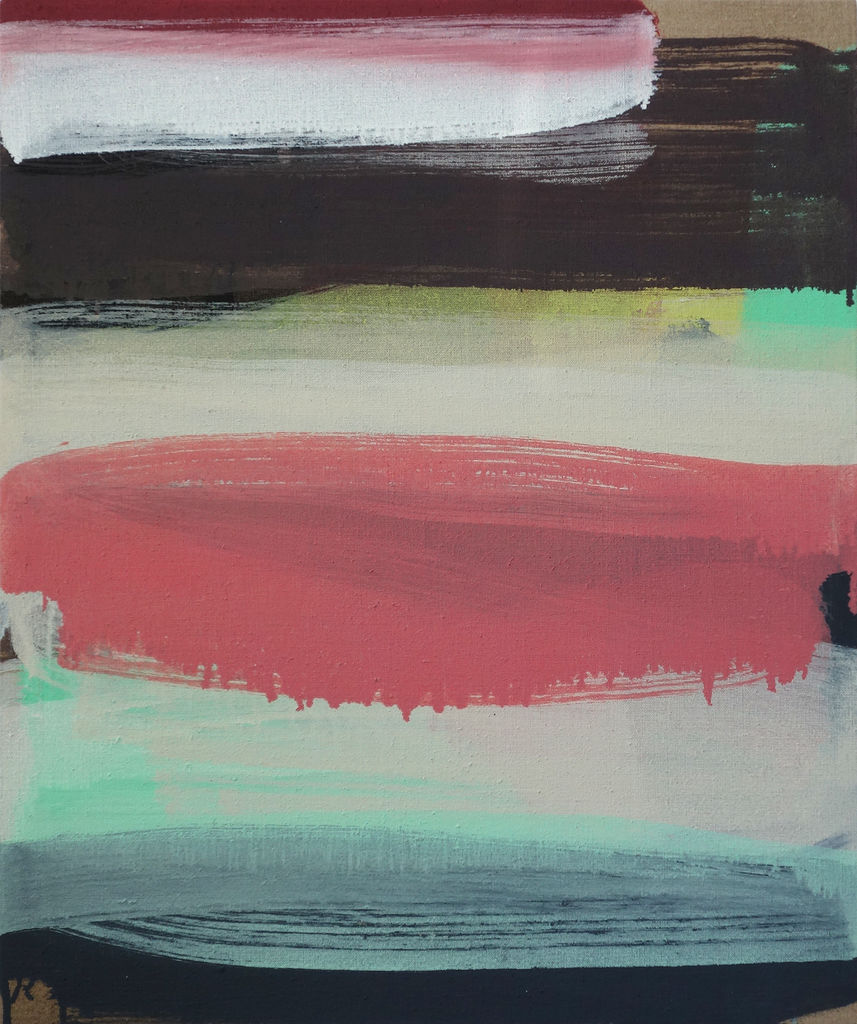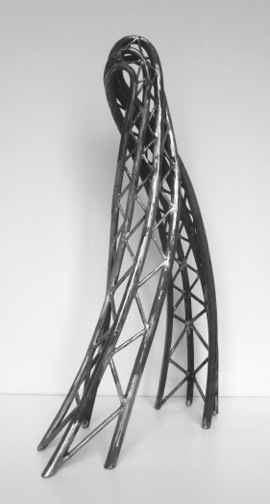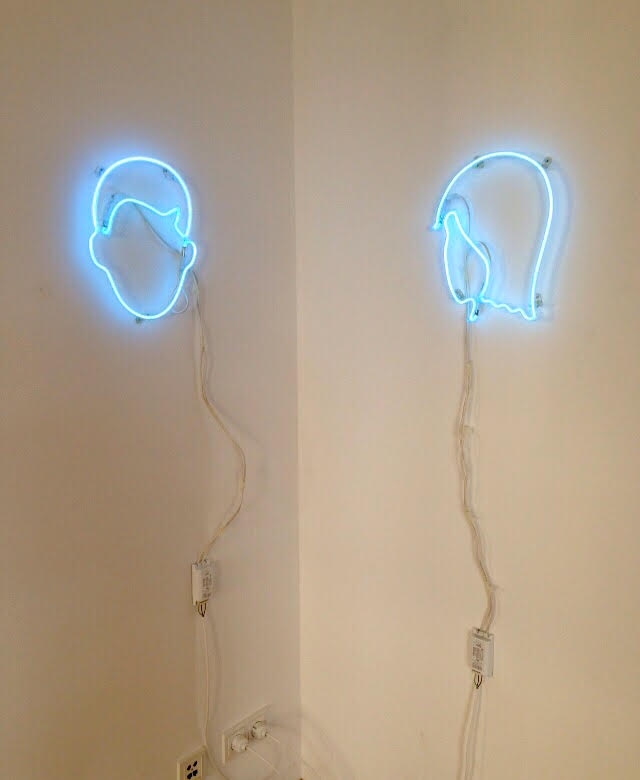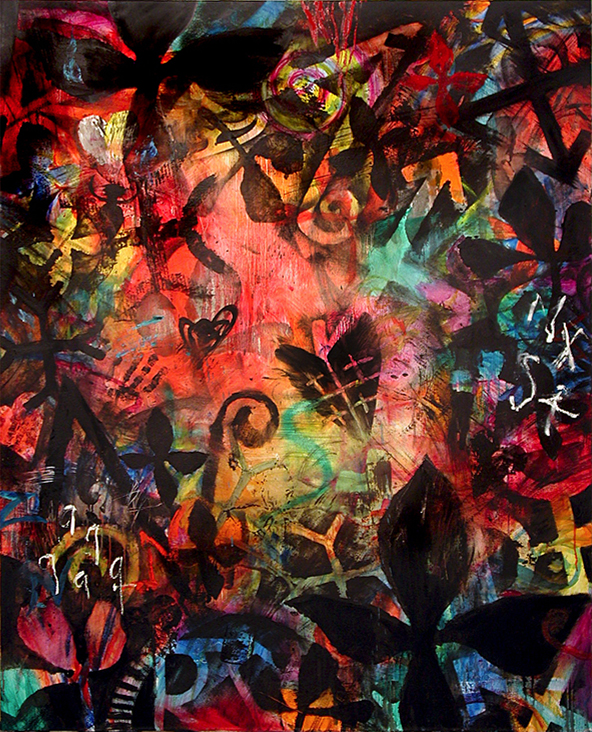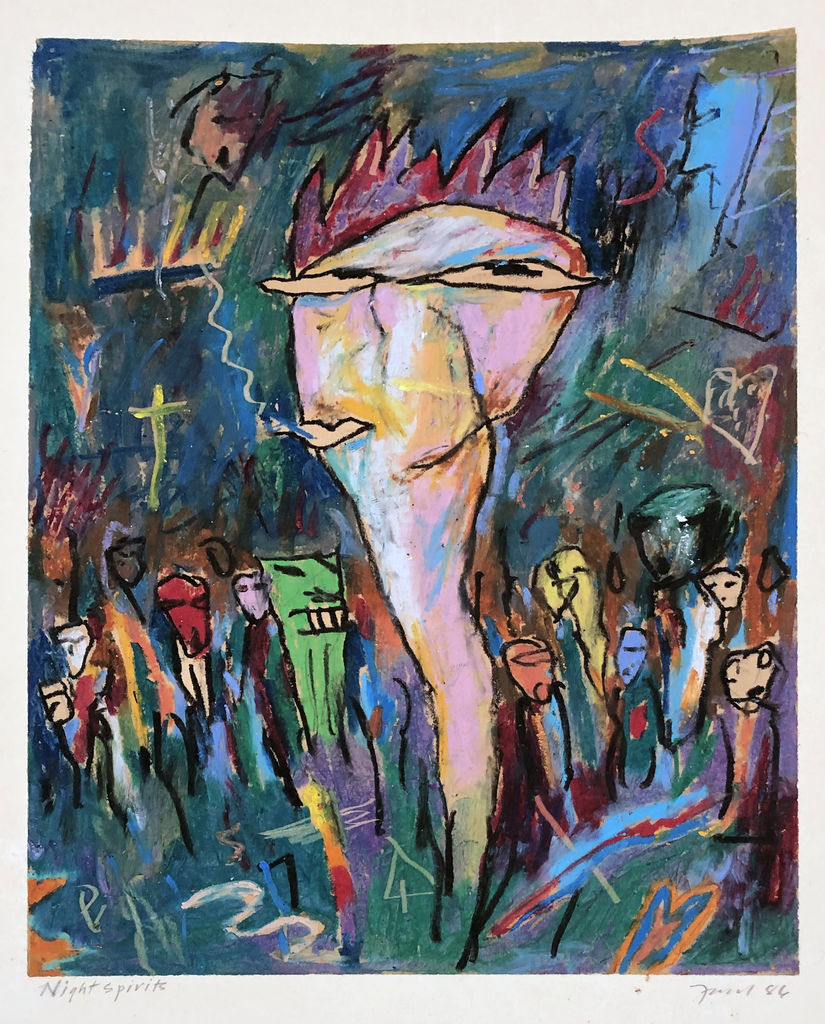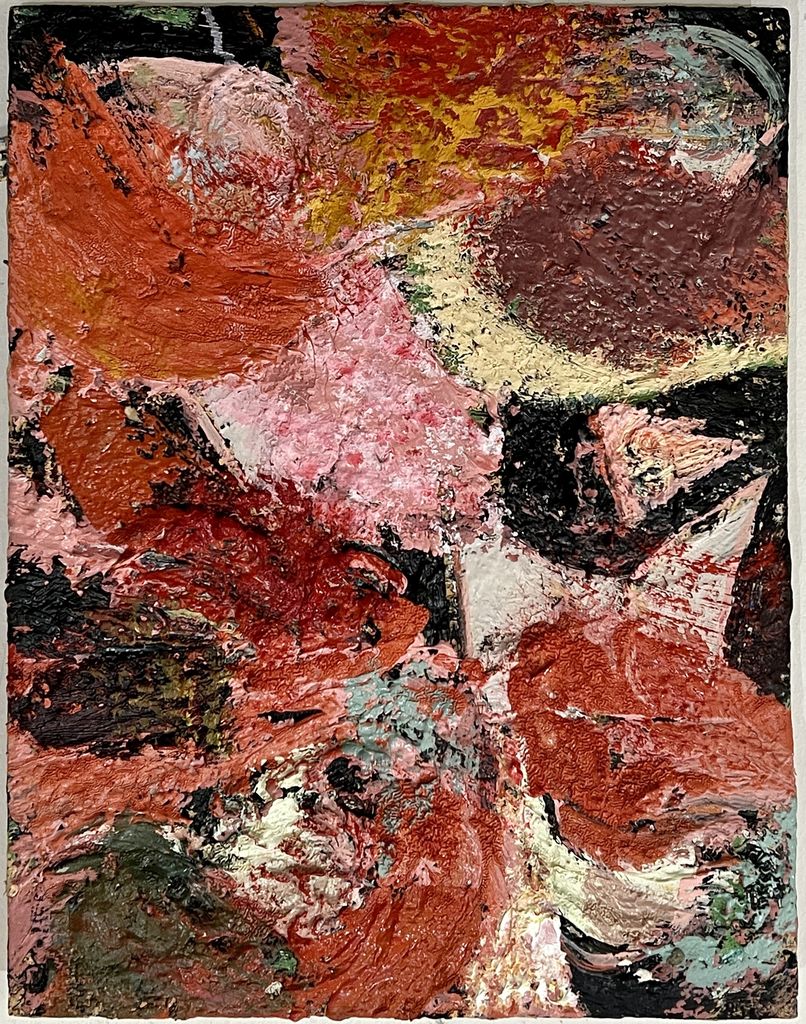Past Exhibition
Eye Of The Beholder
November 30, 2023 - February 24, 2024
Press Release:
Edward Avedisian, Peter Bonner, Ford Crull, Nassos Daphnis, Amaranth Ehrenhalt, Mark Gibian, Burt Hasen, Michiko Itatani, Buffie Johnson, Nancy Steinson, Petra (Gupta) Valentova & Francis deNim, and Marc Van Cauwenbergh.
Anita Shapolsky Gallery is delighted to unveil its fall/winter exhibition, “Eye of the Beholder.” This exhibition offers a curated dive into the multifaceted realms of abstract and contemporary art. Each featured artist contributes a unique perspective, style, and narrative. Through their works, viewers are presented with a myriad of visions harmonizing in a symphony of color, form, and emotion.
We invite you to immerse yourself in this rich artistic tapestry, to perceive the world through the eyes of these accomplished artists, and to discover moments of connection, reflection, and inspiration.
Anita Shapolsky
Edward Avedisian was an American abstract painter who came into prominence during the 1960s. His work was initially associated with Color field painting and in the late 1960s with Lyrical Abstraction. One of his paintings appeared on the cover of Artforum. In 1969, his work was included in The Responsive Eye exhibition at the Museum of Modern Art and in four annuals at the Whitney Museum of American Art. His paintings were widely sought after by collectors and acquired by major museums in New York and elsewhere.
Peter Bonner is an Australian artist, who in 1996 won the Dobell Prize, the highest prize for Drawing in Australia. His work has been influenced by diverse cultures, landscapes, and artistic traditions. In his early 20’s he traveled in India, the Middle East, and throughout Europe, and studied drawing and painting in London, Melbourne, and New York. He has been influenced greatly by Australian Aboriginal artists, Russian Icons, the deserts of Central Australia, and the American West, and currently lives and works in NYC. Bonner’s work is included in the collections of the Victorian State Library and Monash University in Melbourne, the Art Gallery of New South Wales in Sydney, Australia, and various private and corporate collections around the world.
To Ford Crull, art becomes a tool for making sense out of chaos. His work is in the collections of the Metropolitan Museum of Art, the National Gallery, the Dayton Art Institute, and the Brooklyn Museum. His paintings were included in the important 1989 Moscow exhibition, “Painting after the Death of Painting,” curated by Donald Kuspit. Crull explores the expressive power of personal and cultural symbols in a series of densely painted and vividly colored compositions.
The Greek-born American artist Nassos Daphnis was a major figure in the 20th-century art world and is recognized for his mastery of geometric abstraction and his evolution into what became known as Hard-Edge Painting. Daphnis was one of the pioneers of the Minimalist school. His work is in museum collections around the world (Guggenheim, Whitney, MoMA, to name a few). He was also commissioned to do colorful wall paintings of the upper floors of several buildings in New York City. In addition to his artistic endeavors, Daphnis had a passion for tree peonies and made significant contributions to their breeding, producing many new hybrids. His artwork and his contributions to horticulture made Nassos Daphnis a multidimensional figure in both the art and botanical worlds.
After over three decades in France and Italy, Amaranth Ehrenhalt rejoined the New York School in 2008. Familiar with luminaries like Al Held and Willem de Kooning since the '50s, she exhibited alongside Sam Francis and Joan Mitchell. Ehrenhalt, known for her diverse exhibitions across Paris, New York, and California, creates not just paintings but also drawings, prints, watercolors, and more. Her art's full impact is best appreciated firsthand.
Sculptor Mark Gibian is one of the rare artists to fuse organic and industrial elements in his designs. His work primarily consists of metal “skeletons” that have been sheathed over by transparent glass which sometimes create animalistic or biomorphic figures. While his work can recall prehistoric life forms, there is a predominant architectural theme that makes his objects so versatile. Large-scale pieces have been installed in outdoor spaces in Manhattan and Brooklyn, while functional furniture adds a whimsical style to the space they inhabit.
Born in NYC, Burt Hasen studied art at the Art Students League and under Hans Hofmann. His career focused on the interplay between the internal and external realms of the psyche. His work, rich with symbols and hieroglyphs, showcases complex layers and dynamic abstract forms. His paintings, reflecting emotional depth and psychological landscapes, are akin to those of his contemporaries. Hasen's work, particularly his unique etchings, is acclaimed in the modern art world.
Michiko Itatani is a Chicago-based artist. She compares her process to writing fiction, unfolding a narrative over a series of works. She explores psychological, cultural, sociopolitical, and historical realms to envision the complex realities of the twenty-first century. Her work has been featured in more than one hundred exhibitions internationally since 1973.
Buffie Johnson was born in New York City and studied art in Paris as well as in the Art Students League. Her canvases bear witness to her creative process: from the world's largest abstract mural at the Astor Theatre in the 1950s to her gestural paintings of the ’60s, her monumental plant images of the ’70s, and then her numbering series of the ’90s that explores the power that arises from zero. Always striving to represent divine female power even when met with resistance and discouragement, Buffie embodies that very power. She was included in the 1943 Peggy Guggenheim's The Art of the Century Gallery.
Nancy Steinson’s sculpture is often described as “lyrical”, “sensuous”, and “simple”. And yet, these words do not suffice in an understanding of the artist’s intention. While her sculptures are made of steel, Steinson exceeds industrial terms while staying true to the clarity of form and ignoring the nonessential. The artist strays away from a purely minimalist style, opting for a mergence of curvilinear and planar forms which can result in soft and hard objects that never bore the viewer.
Multimedia artist Petra (Gupta) Valentova, originally from the Czech Republic, uses various forms such as sculpture and neon to delve into themes of identity and memory. She collaborates with Indian and Czech artisans, merging traditional textile methods with contemporary art. Francis deNim (František Matoušek), a Prague-based artist, employs denim in a unique way, creating pieces that resemble textile "fossils." He often works with other artists, currently with Petra (Gupta) Valentova, on a series of block-printed and painted denim artworks.
Marc Van Cauwenbergh was born in Ninove, Belgium, and moved to New York in 1994 to study at the Higher Institute of Fine Arts and Pratt Institute. Van Cauwenbergh's works are mainly abstract and do not reference the world outside of the painting. He attributes his choice of colors and dynamics to his time in New York City and says that his observations of the urban landscapes are what defined his sense of composition. He has exhibited internationally since 1984, and his work is in private, public, and corporate collections.
.
EYE OF THE BEHOLDER
NOV. 30, 2023 - FEB. 24, 2024
ANITA SHAPOLSKY GALLERY
152 E 65th STREET
NEW YORK, NY 10065
Gallery hours:
Tues - Sat, 12:00 pm - 6:00 pm
and by appointment
212.452.1094
ARTISTS
Edward Avedisian, Peter Bonner, Ford Crull, Nassos Daphnis, Amaranth Ehrenhalt, Mark Gibian, Burt Hasen, Michiko Itatani, Buffie Johnson, Nancy Steinson, Petra (Gupta) Valentova & Francis deNim, and Marc Van Cauwenbergh
Works





